How to tell the difference between fruit flies and drain flies
Fruit flies or drain flies? Spot the true identity of your winged invaders
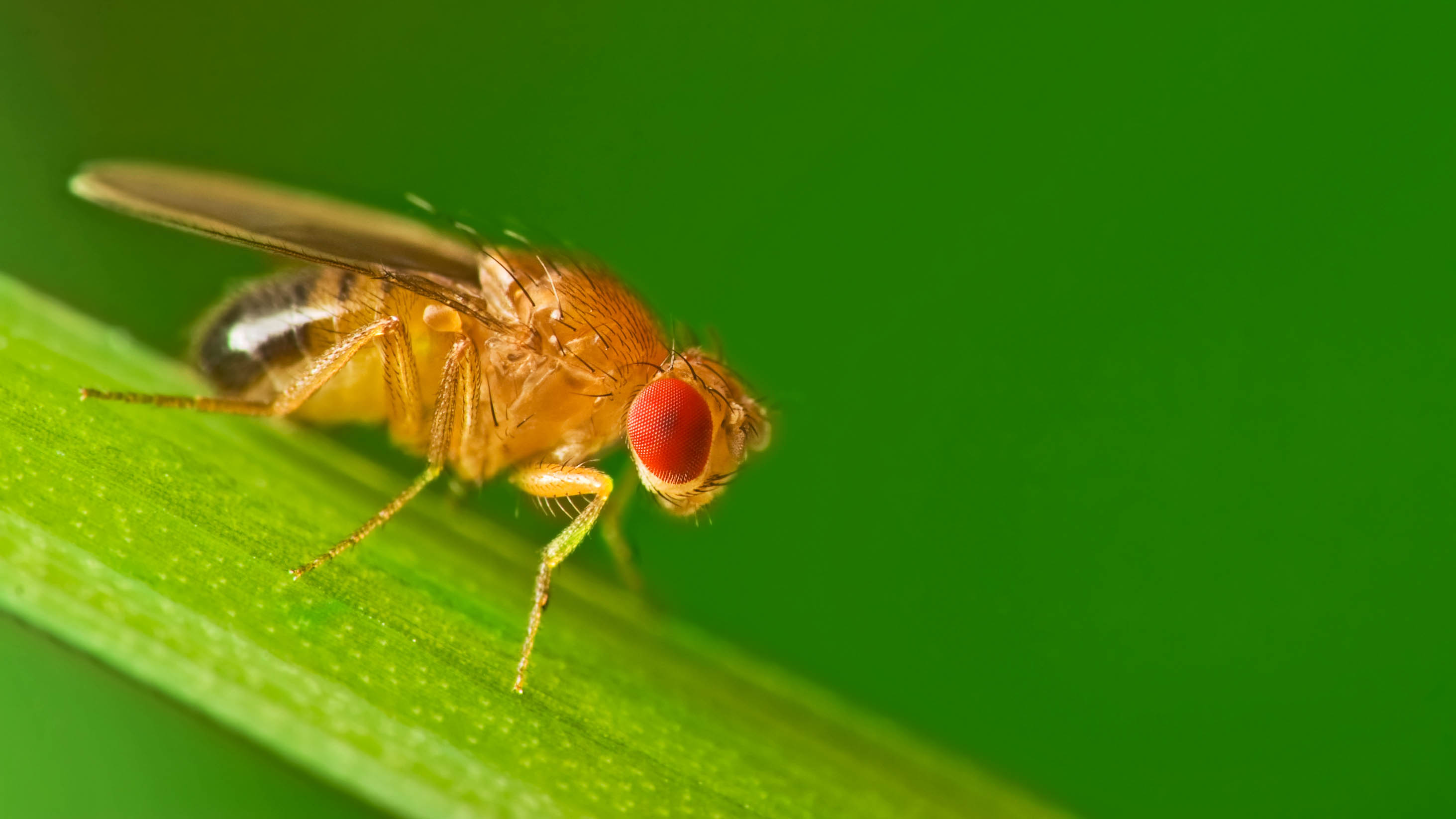
Fruit flies buzzing around your kitchen can be a frustrating sight, but not all small flying insects in your home are what they seem. Many homeowners mistake drain flies for their fruit-loving counterparts, leading to ineffective pest control strategies. These two common household pests, while similar in size, have distinct characteristics and behaviors that set them apart.
Many try to beat their problem by setting up fly traps around the house, often without first identifying the specific insect they're dealing with. Understanding the nuances between fruit flies and drain flies is crucial for addressing the root cause of the infestation.
Whether you're wondering how to get rid of fruit flies fast, or considering purchasing fly repellent plants to keep your home bug free, accurate identification is the first step. This guide will walk you through the key differences between fruit flies and drain flies, helping you pinpoint which tiny intruder is squatting in your home.
1. Observe the fly's appearance
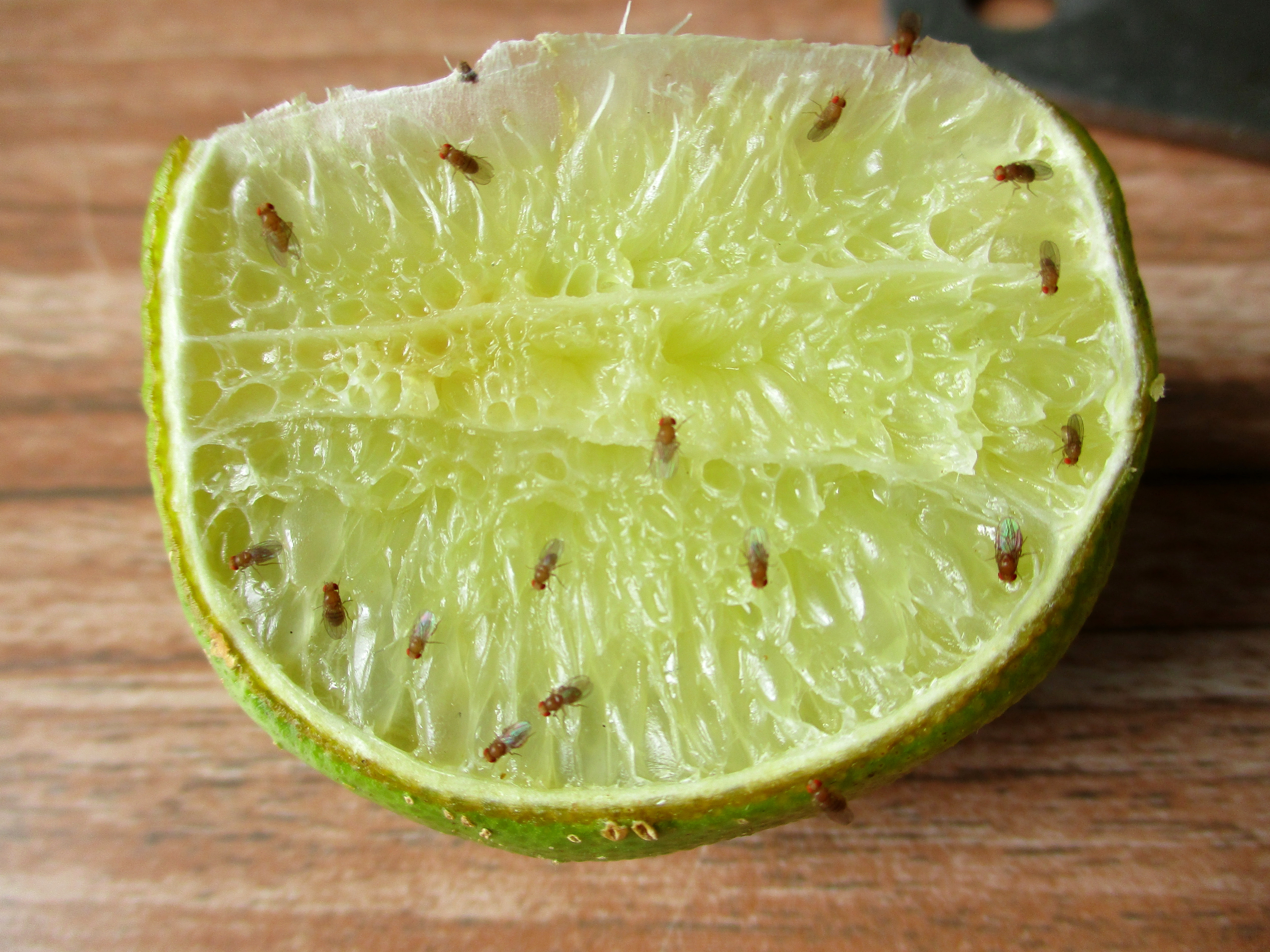
Pay close attention to the fly's size and color. Fruit flies are extremely small, about the size of a sesame seed on a hamburger bun. They usually have a tan or light brown body with noticeable red eyes.
Drain flies are a bit larger, closer to the size of a small grain of rice. They have gray or black bodies and wings that look fuzzy, similar to tiny moths.
2. Note the flight pattern
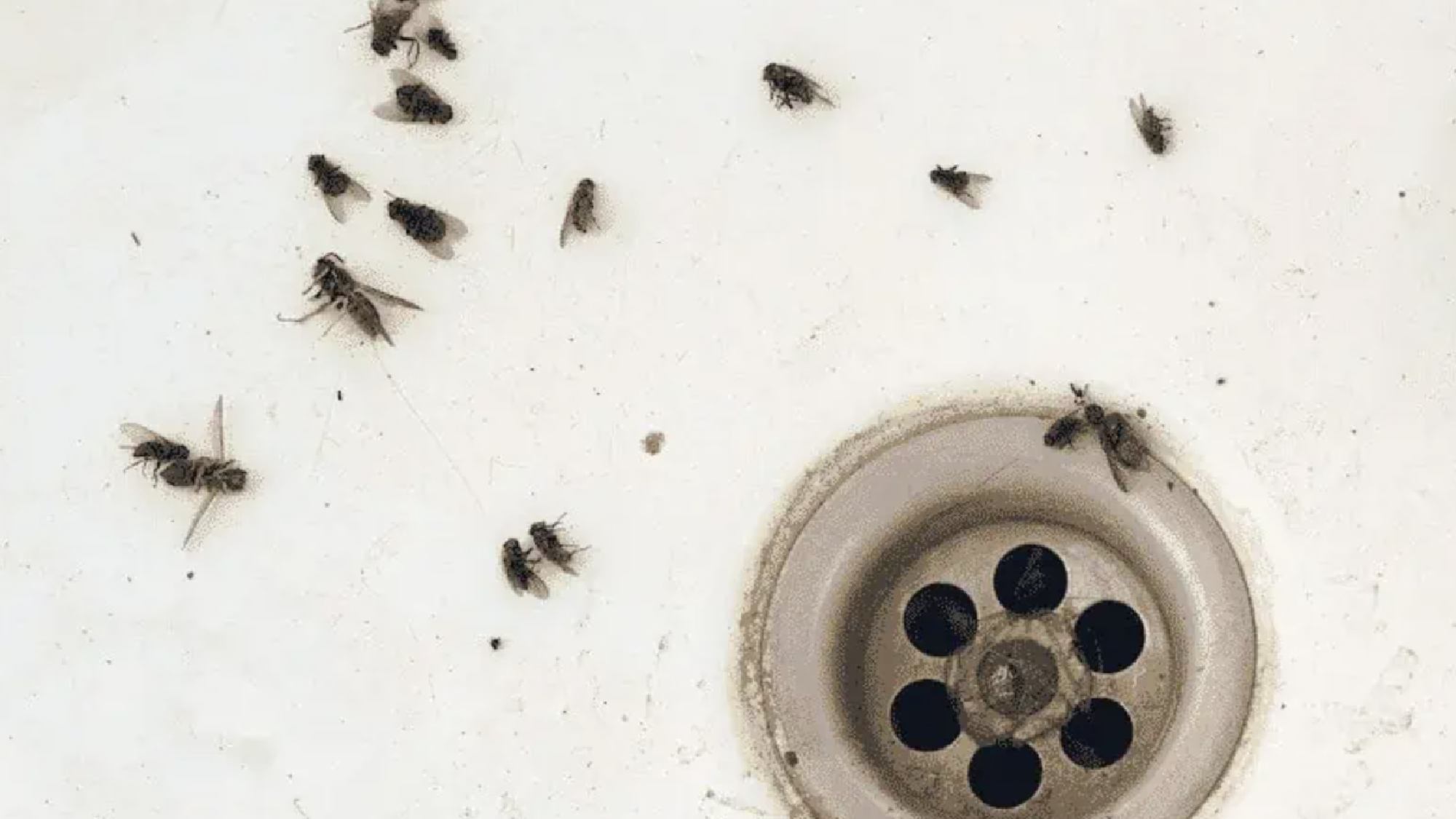
Watch how the flies move around your space. Fruit flies are agile and quick, often seen darting around fruit bowls or trash cans. Drain flies have a more erratic, moth-like flight pattern and tend to make short, hopping flights rather than sustained ones.
3. Identify the gathering spots
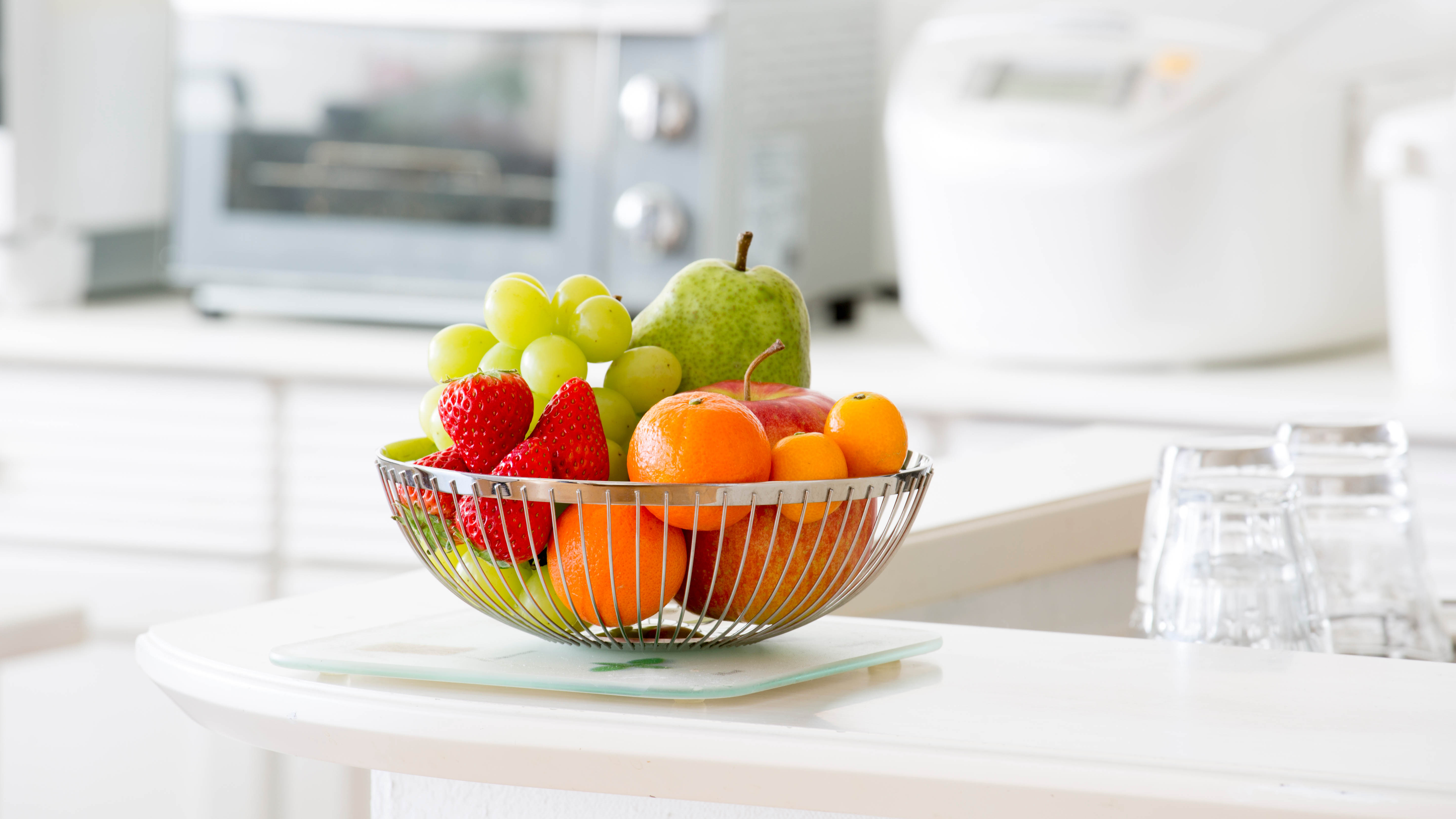
Look for where the flies congregate most frequently. Fruit flies are attracted to ripe or fermenting fruits and vegetables, often gathering around fruit bowls, trash cans, or recycling bins.
Drain flies, as their name suggests, are typically found near drains, sinks, or other moist areas with organic matter.
4. Check for breeding sites
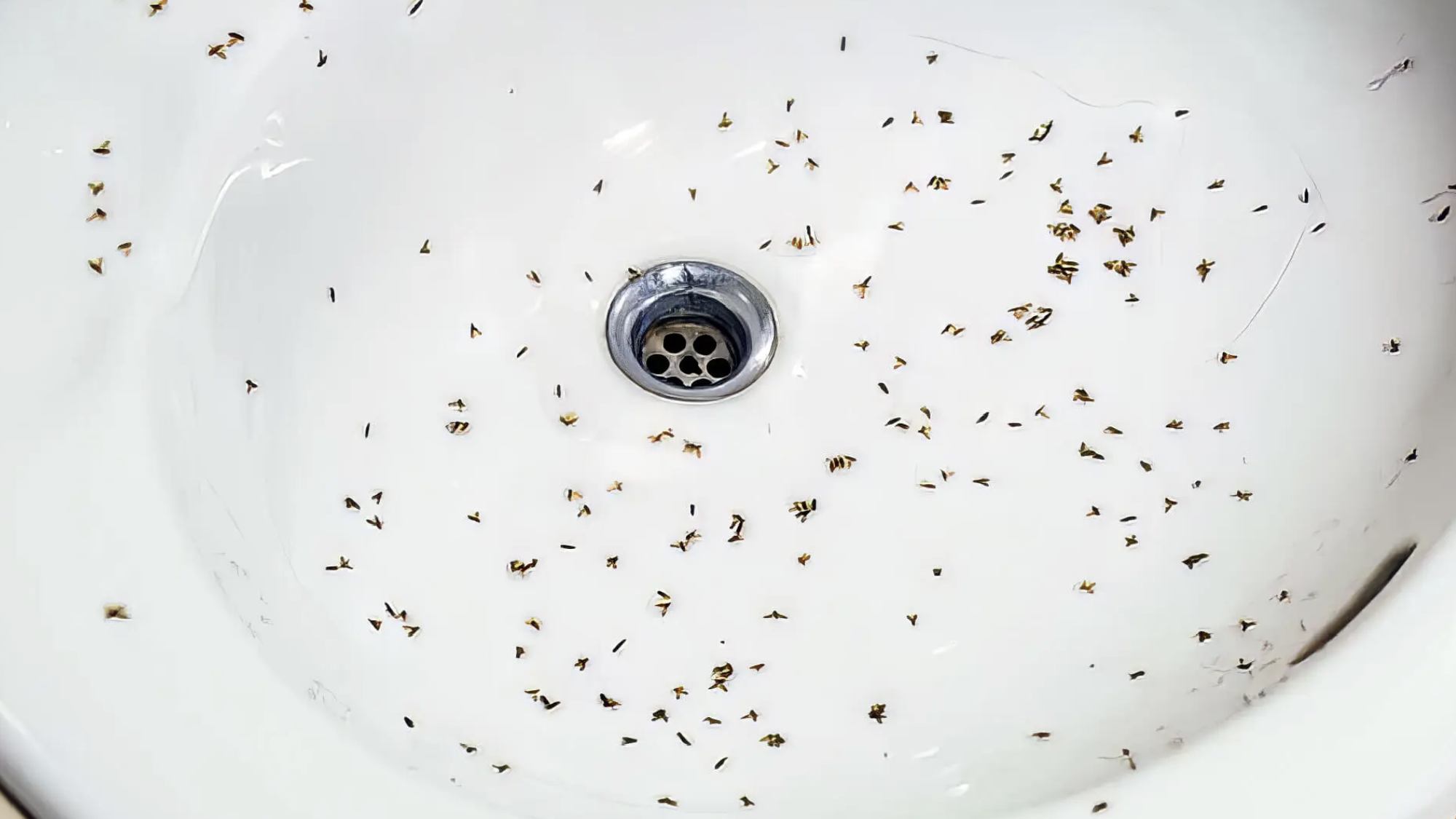
Investigate potential breeding locations. Fruit flies lay eggs in moist areas on the surface of fermenting foods or other organic materials. Drain flies breed in the organic matter buildup found in drains, sewage systems, or other consistently damp areas.
5. Assess the time of appearance

Consider when you notice the flies most active. Fruit flies are generally active during the day and are often seen flying around light sources. Drain flies are more nocturnal and may be spotted resting on walls or flying around bathroom or kitchen areas at night.
6. Evaluate the duration of the problem
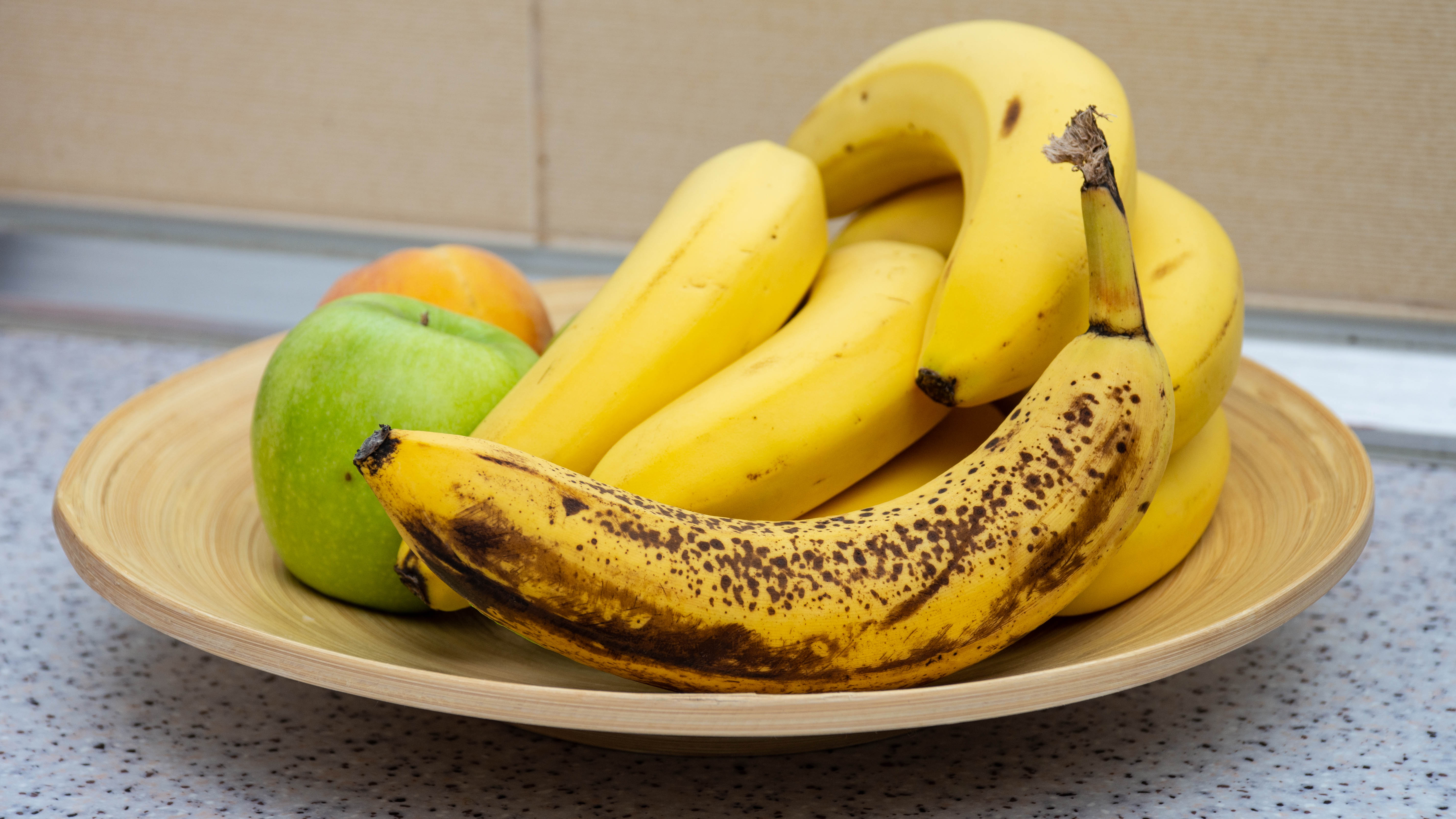
Reflect on how long you've been noticing the flies. Fruit fly infestations can occur suddenly, often triggered by overripe produce or fermented beverages. Drain fly problems tend to develop more gradually and persist if drain cleaning is neglected.
7. Conduct a simple trap test
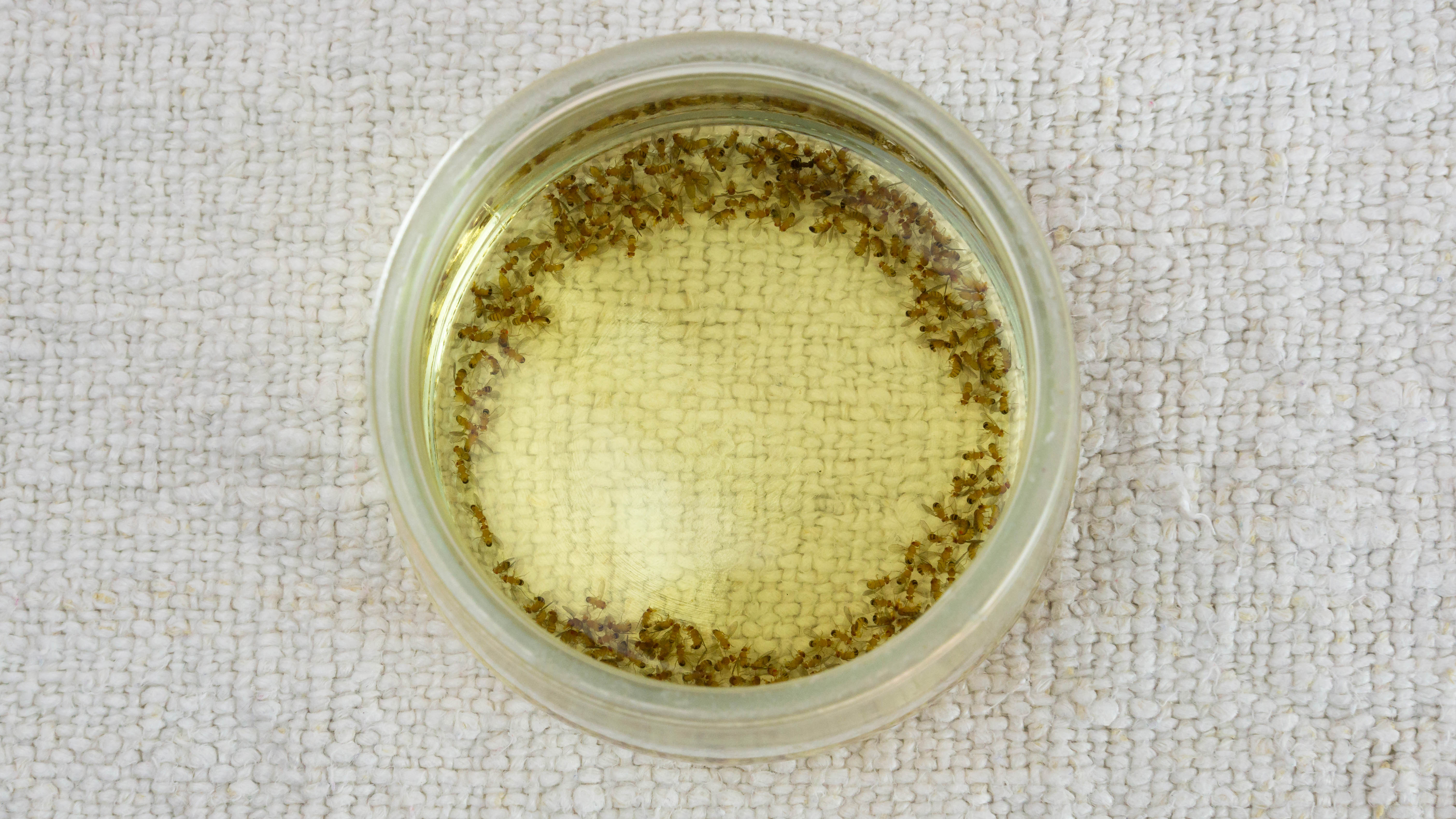
Set up basic traps to confirm your identification. For suspected fruit flies, place a small amount of apple cider vinegar in a jar covered with plastic wrap with small holes. Fruit flies will be attracted and trapped. For drain flies, place a clear, sticky trap over the drain overnight. If drain flies are present, you'll find them stuck to the trap in the morning.
Remember, while fruit flies might require attention to food storage and disposal habits, drain flies often indicate a need for thorough drain cleaning and maintenance
After identifying your flying pest, you can take targeted action to eliminate them. For broader infestations, learn how to get rid of gnats inside your home. To prevent future issues, be aware of common plants that bring bugs into your yard. Once you've tackled indoor pests, explore 7 ways to repel bugs while dining outdoors.
Get instant access to breaking news, the hottest reviews, great deals and helpful tips.

Kaycee is Tom's Guide's How-To Editor, known for tutorials that skip the fluff and get straight to what works. She writes across AI, homes, phones, and everything in between — because life doesn't stick to categories and neither should good advice. With years of experience in tech and content creation, she's built her reputation on turning complicated subjects into straightforward solutions. Kaycee is also an award-winning poet and co-editor at Fox and Star Books. Her debut collection is published by Bloodaxe, with a second book in the works.
